Anyone familiar with the Czech brand knows that its strongest assets are its very large interior and luggage space, original cabin solutions, proven technology (Volkswagen) and reasonable prices. THE Skoda Octavia Combi , our first contact with the fourth generation Octavia, raises the bar to such a point that if this car were to receive a Volkswagen (or even Audi) logo, hardly anyone would be offended…
It won't be the first time that raising the overall quality of a Skoda model has caused some internal problems within the Volkswagen Group.
In 2008, when the second Superb was launched, there was some ear-pulling at headquarters in Wolfsburg, simply because someone got excited about the development of Skoda's top-of-the-line range, putting it too closely with the Passat in quality scores. perceived, design and technique. What, potentially, could hinder the Volkswagen commercial career, naturally sold at a higher price.
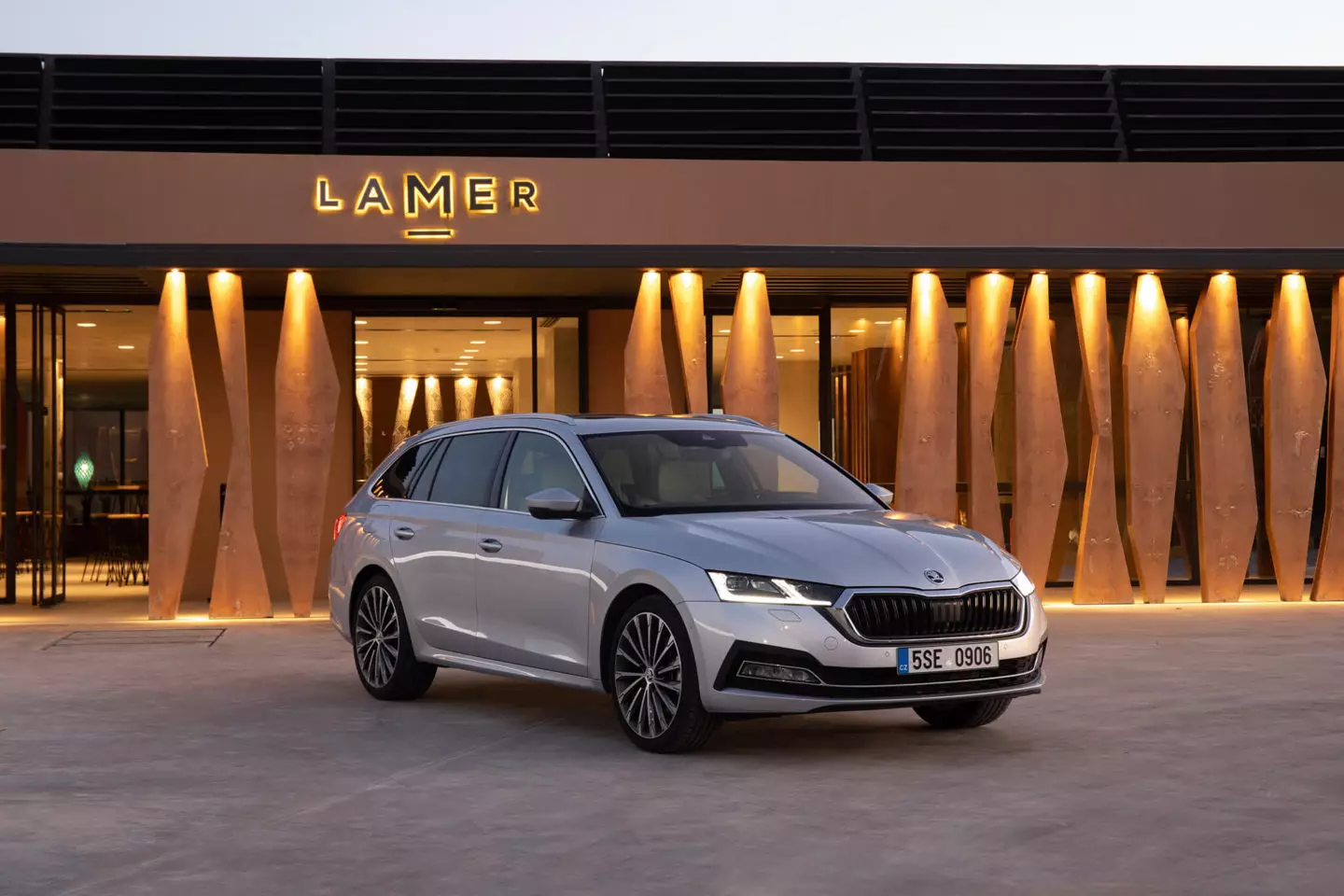
I wouldn't be too surprised if something like that happened now with the new Octavia.
Name origin
It is called Octavia (word of Latin origin) because it was, in 1959, the eighth model of the Skoda after World War II. It was launched as a three-door and subsequent van, which was then called Combi. As it did not have a successor and is so different from the "modern era" Skoda, the Czech brand prefers to consider the first Octavia the one launched in 1996. However, it generates some confusion, as they say that the Octavia was introduced 60 years ago.
best selling skoda ever
In any case, 24 years have passed since the officially called Octavia I and more than seven million units were produced/sold , this being the only Skoda that will not soon be overtaken by any SUV in the Czech brand's most popular model chart.The Skoda Octavia tops that ranking by a comfortable margin — nearly 400,000 units/year globally — when none of the three K SUVs — Kodiaq, Karoq and Kamiq — makes it halfway. Although last year only SUVs sold more than in the previous year and the entire range has worsened its 2018 results, due to the downturn in the Chinese market.
In other words, the Octavia is the Skoda Golf (which even makes sense, because they use the same modular base, both mechanical and electronic) and essentially a European car: 2/3 of its sales are on our continent, it is the third hatchback best-selling van in the segment (only behind the Golf and Ford Focus) and the Skoda Octavia Combi is the best-selling van in the world's largest van market (Europe).
Maybe that's why Skoda started by letting us know and guide the Octavia Break in early March, leaving the reveal of the five doors for a few weeks later (in mid-April).
Octavia more… aggressive
Visually, the increased importance of the larger and more three-dimensional radiator grille stands out, flanked by a multiplied number of creases that add aggressiveness to the design, a mission in which the optical groups where the use of LED technology prevails (ahead and behind).
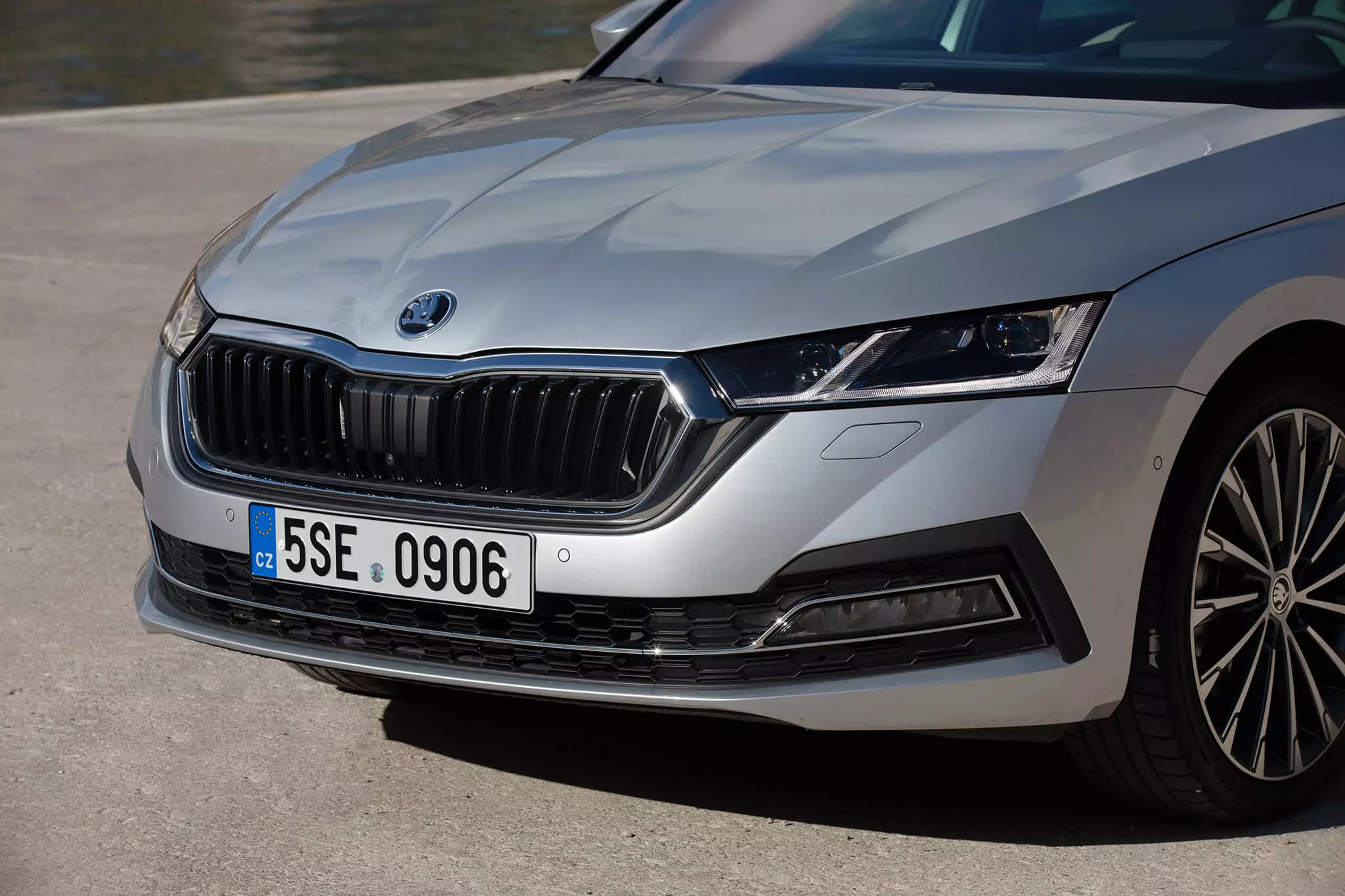
It is noticeable that the aerodynamics have been improved (declared Cx value of 0.26 for the van and 0.24 for the five-door, one of the lowest in the segment) and at the rear, dominated by transverse lines and wider headlamps, there are airs on the Skoda Octavia Combi of today's Volvo vans.
Subscribe to our newsletter
The dimensions varied only marginally compared to the Octavia III (+2.2 cm in length and 1.5 cm in width), with the curiosity of a van (Combi) and hatchback (which is called Limo despite being a five-door bodywork) have exactly the same dimensions. The wheelbase of the two versions is also the same (when the van was 2 cm longer in the previous model), standing at 2686 mm, in other words, practically the same as the previous Combi.
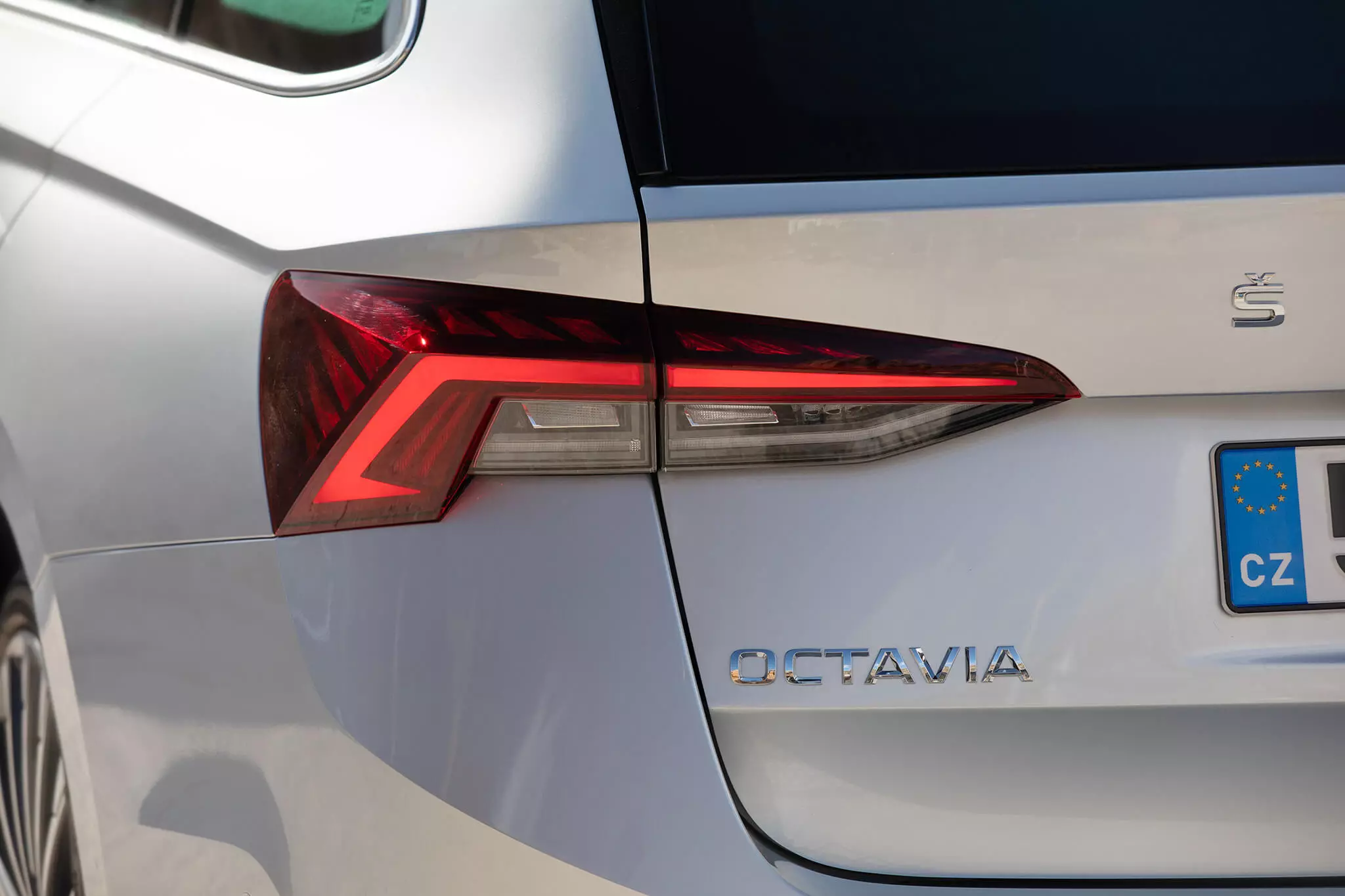
Huge cabin and suitcase
It's no wonder, therefore, that the rear legroom hasn't increased, which is far from being a criticism: the Skoda Octavia Combi (and the car) is the most spacious model in its class as it was before and offers the biggest boot segment, further having been slightly expanded by 30 liters in the Combi (640) and 10 liters in the five-door (to 600 liters).
Also at the back there is a little more width for the occupants (2 cm), a row for which there are direct ventilation outlets (with temperature regulation in some versions and USB-C plugs), but as a negative the intrusive tunnel in the footwell , a common brand of the Volkswagen Group's cars, which contributes to the idea of traveling just two people behind.
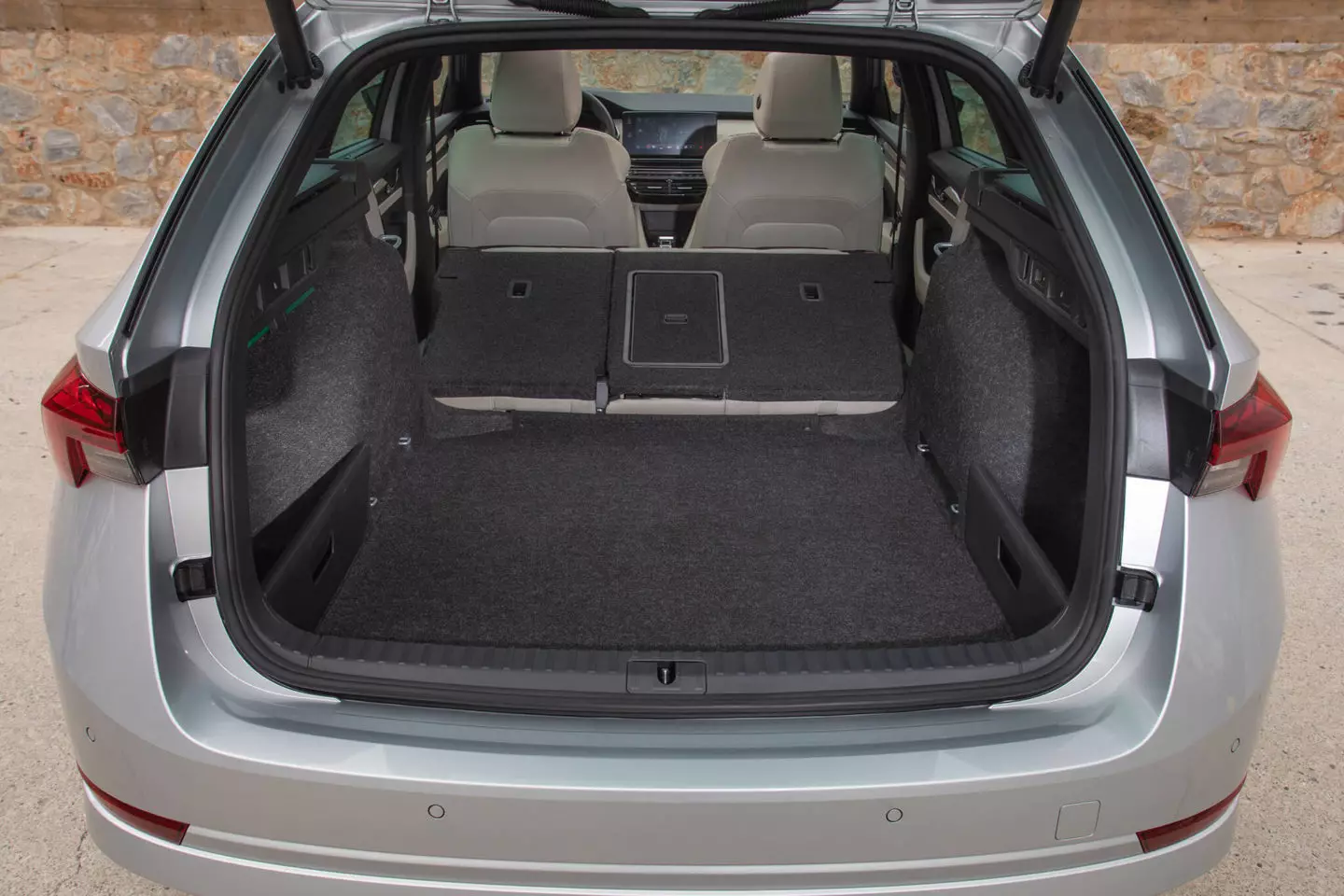
What hasn't changed, either, is the attempt to surprise with small practical solutions that make daily life with Octavia more pleasant: the umbrellas hidden in the front door pocket are now joined by a USB port on the ceiling , a funnel inserted into the water reservoir lid for the windshield, tablet holders built into the back of the front headrests and, as we know from other recent Skoda models, the Sleep Pack, which includes headrests “pillow type” and blanket for rear occupants.
This van also has an automatically retractable coat rack and the five-door has an underground compartment in the luggage compartment to store, for example, a coat.
High quality and technology
We return to the driver's seat and that's when you start to feel the most important progress in the new Octavia. Of course, in press test cars, the equipment levels are generally “all-in-one”, but there are congenital evolutions, such as the quality of the soft-touch coatings on the dashboard and front doors, the assembly that inspires confidence and even the solutions aesthetics that elevate the Octavia very close to what some premium models do.
Even though not even the Czech brand wants to (or can…) position itself as such. In this matter of being premium or not, I always remember having spent a few days testing a Cadillac ATS in the United States and having returned to Portugal directly to drive a Skoda Octavia — its predecessor — and having thought that the Cadillac was the brand-value car and the Skoda the premium.
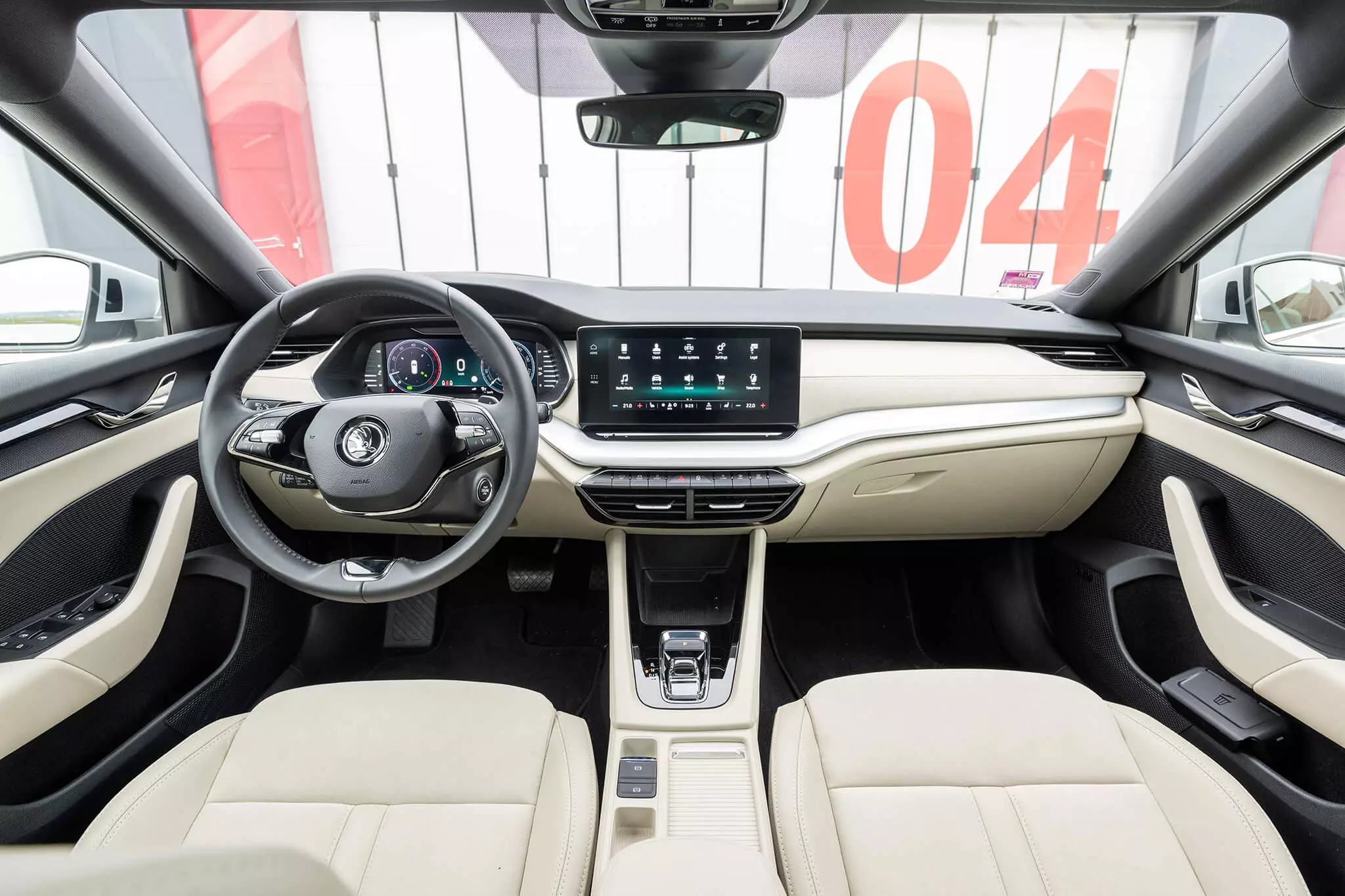
New features are the multifunctional two-arm steering wheel with up to 14 functions — they can be controlled without having to remove their hands —, there is now an electric handbrake (first time), head-up display (an absolute first, although as an option), optionally heated windshield and steering wheel, acoustic front side windows (ie with an interior film to make the cabin quieter), more comfortable and sophisticated seats (heatable, electrically adjustable, massage function electrical, etc).
fingers for what i want you
And on the dashboard, which has a curvature that is a little reminiscent of the Mercedes-Benz S-Class of the previous generation, the central infotainment monitor and the almost total absence of physical controls stand out, as is today increasingly trending and as we know in the “cousins” Volkswagen Golf and SEAT Leon of the last generation.
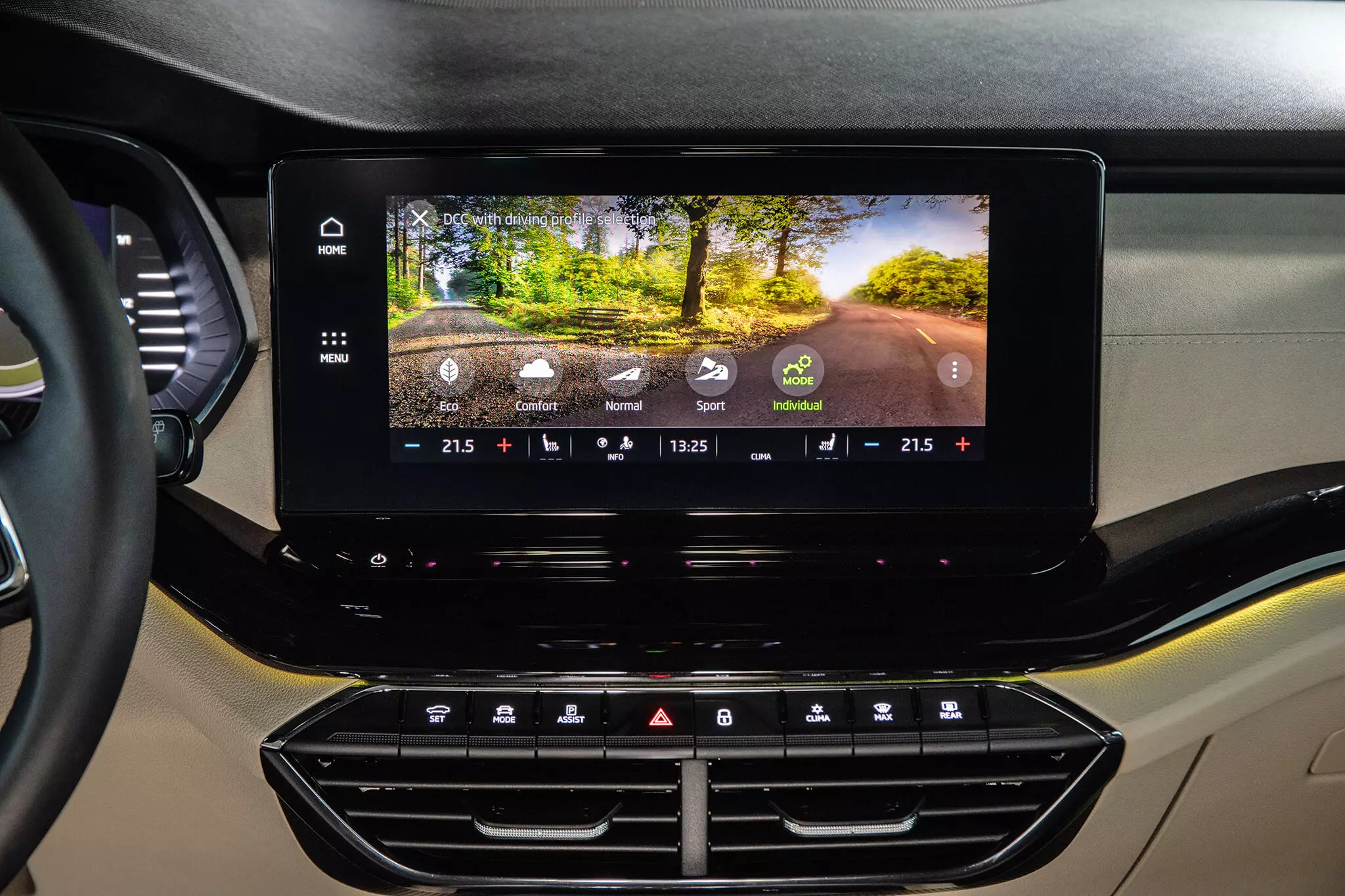
The infotainment monitor comes in different sizes (8.25” and 10”) and with different functions, from the basic tactile input command, to the one with vocal and gesture commands from the intermediate level to the most sophisticated with zoom navigation.
Overall, this new concept has freed up a lot of space in the entire area around the driver, as well as in the center console, especially in versions that use the dual-clutch automatic transmission. This now has a shift-by-wire selector (operates the gearshift electronically) really small, we would say “borrowed” by Porsche (which debuted this selector on the electric Taycan).
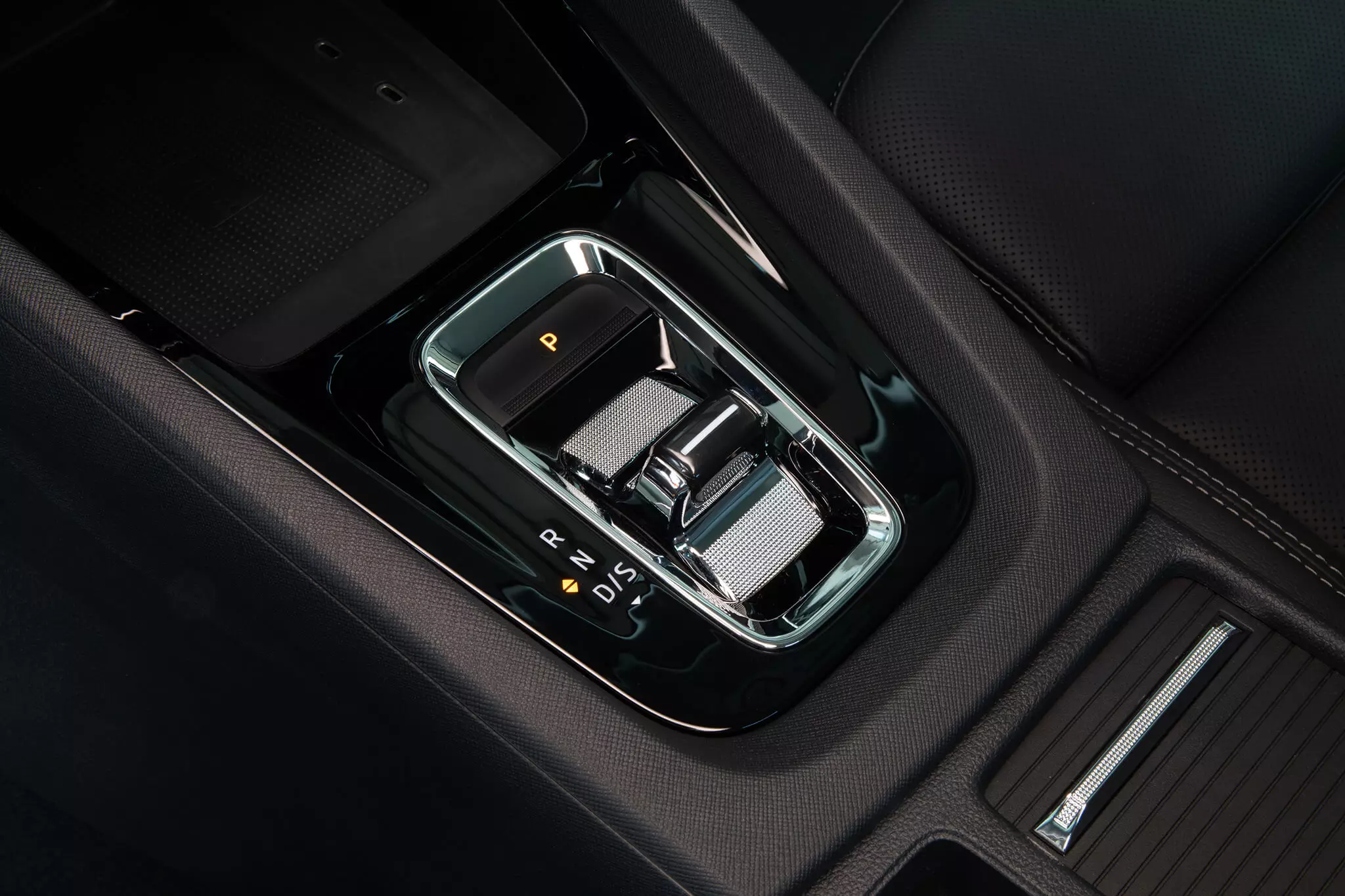
The instrument panel is also digital (10.25”), and can have different types of presentation (information and colors vary), to choose between Basic, Classic, Navigation and Driver Assistance.
One of the aspects of great evolution in this model is the result of the adoption of this new electronic platform: among other systems, it now has a level 2 of autonomous driving, which combines lane maintenance with adaptive cruise control.
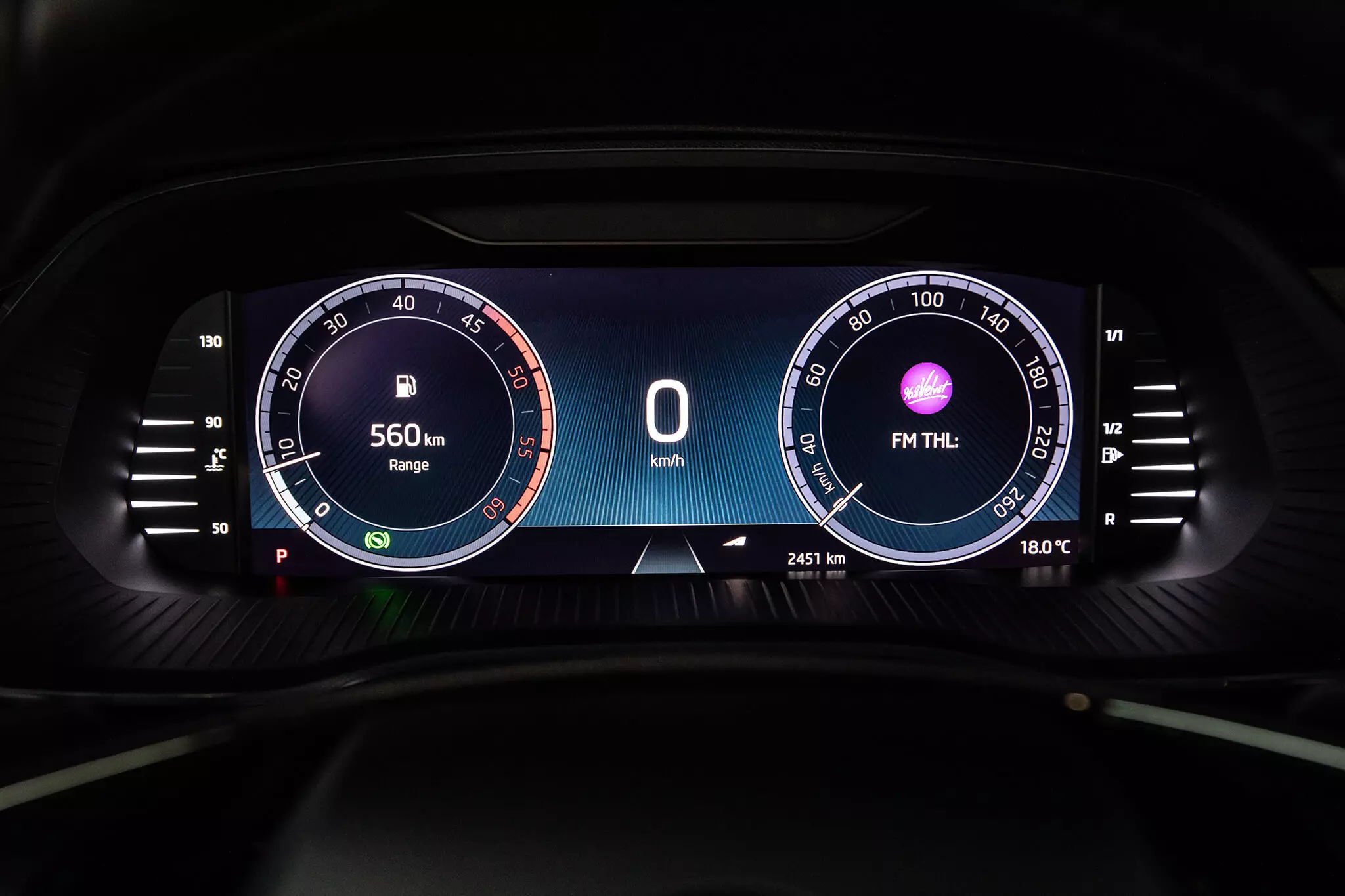
Four ground clearances to choose from
There is no big news on the chassis (MQB platform was retained) and the ground connections are McPherson-style at the front and torsion bar at the rear — one of the few ways the original 1959 model “was better”, as it had rear suspension independent. On the Octavia only versions with engines above 150 hp have independent rear suspension (unlike what happens on the Golf and A3, where the 150 hp already have this more sophisticated architecture on the rear axle).However, it is now possible to choose between four different ground heights depending on the type of chassis that is chosen: in addition to the Base, we have the Sport (-15 mm), the Rough Road (+15 mm, corresponding to the old Scout version) and o Dynamic Chassis Control (ie variable shock absorbers).
There are five driving modes: Eco, Comfort, Normal, Sport and Individual which allows you to choose between 15 different settings and, for the first time on a Skoda, define very different settings for suspension (adaptive), steering and automatic transmission. And it can all be controlled via the slider below the central monitor.
There is also the new “slide” control (introduced by Volkswagen Golf, but already available on the recent Audi A3 and SEAT Leon) to manage the driving modes and, also debuted on a Skoda, the possibility to individually adjust parameters that directly affect the driving (suspension, accelerator, steering and DSG automatic transmission, when fitted).
Petrol, Diesel, hybrids…
The range of engines changes a lot compared to the Octavia III, but if we look at the offer of the new Golf it is similar in every way.
Starts on three cylinders 1.0 TSI of 110 hp , and continues on the four cylinders 1.5 TSI of 150 hp and 2.0 TSI 190 hp , in the gasoline supply (the last two will not, at least initially, be sold in Portugal). The first two may—or may not—be mild hybrid.
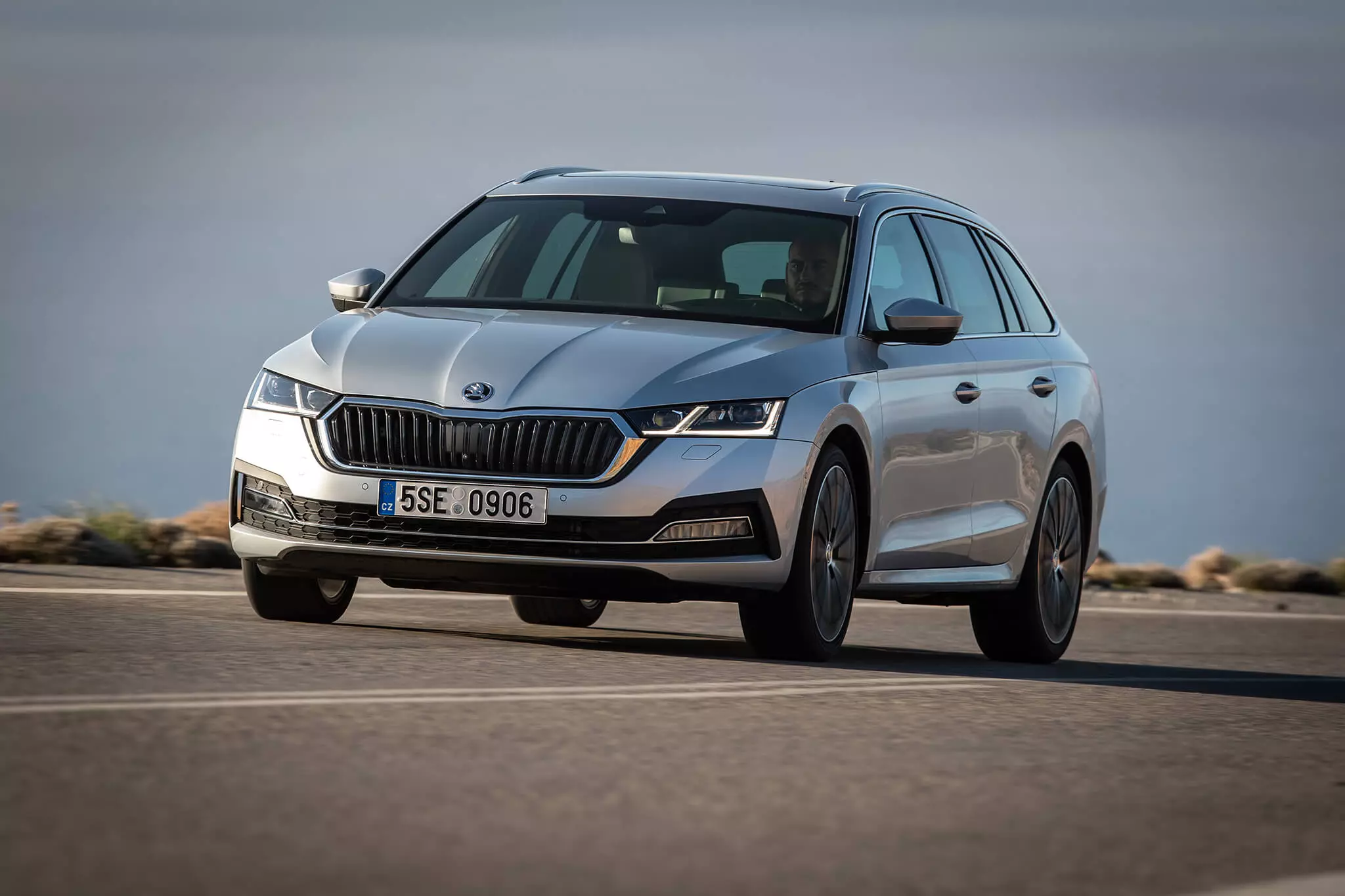
Mild-hybrid 48V
Associated only with the versions with automatic seven-speed dual-clutch gearbox, it has a small lithium-ion battery so that, when decelerating or lightly braking, it can recover energy (up to 12 kW) and also generate a maximum of 9 kW (12 cv) and 50 Nm in starts and speed recovery in intermediate regimes. It also allows scrolling for up to 40 seconds with the engine off, announcing savings of up to almost half a liter per 100 km.
Increasingly scarce, the Diesel offer is limited to a block of 2.0 l , but with three power levels, 116, 150 or 190 hp , in the latter case only associated with 4×4 traction.
And, finally, two plug-in hybrids (with external recharge and an electric autonomy of up to 60 km), which combine the 1.4 TSi 150 hp engine with an 85 kW (116 hp) electric motor for maximum efficiency. 204 hp (iv) or 245 hp (RS IV) . Both work with the six-speed dual-clutch automatic transmission and the more powerful version with progressive steering as standard. Bear in mind that plug-ins cannot have lowered suspension, as they already carry the added weight of the 13 kWh battery and, if that weren't the case, they would become too hard on the bearing.
Nicely installed
There is a pleasant feeling of being behind the wheel of a modern, well-built car and the fear that the steering wheel would become too confusing to use, given the profusion of controls, was unfounded. After an hour you can control everything quite intuitively (not least because, unlike anyone who's here trying out Octavia, a future constant user won't always be changing cars).
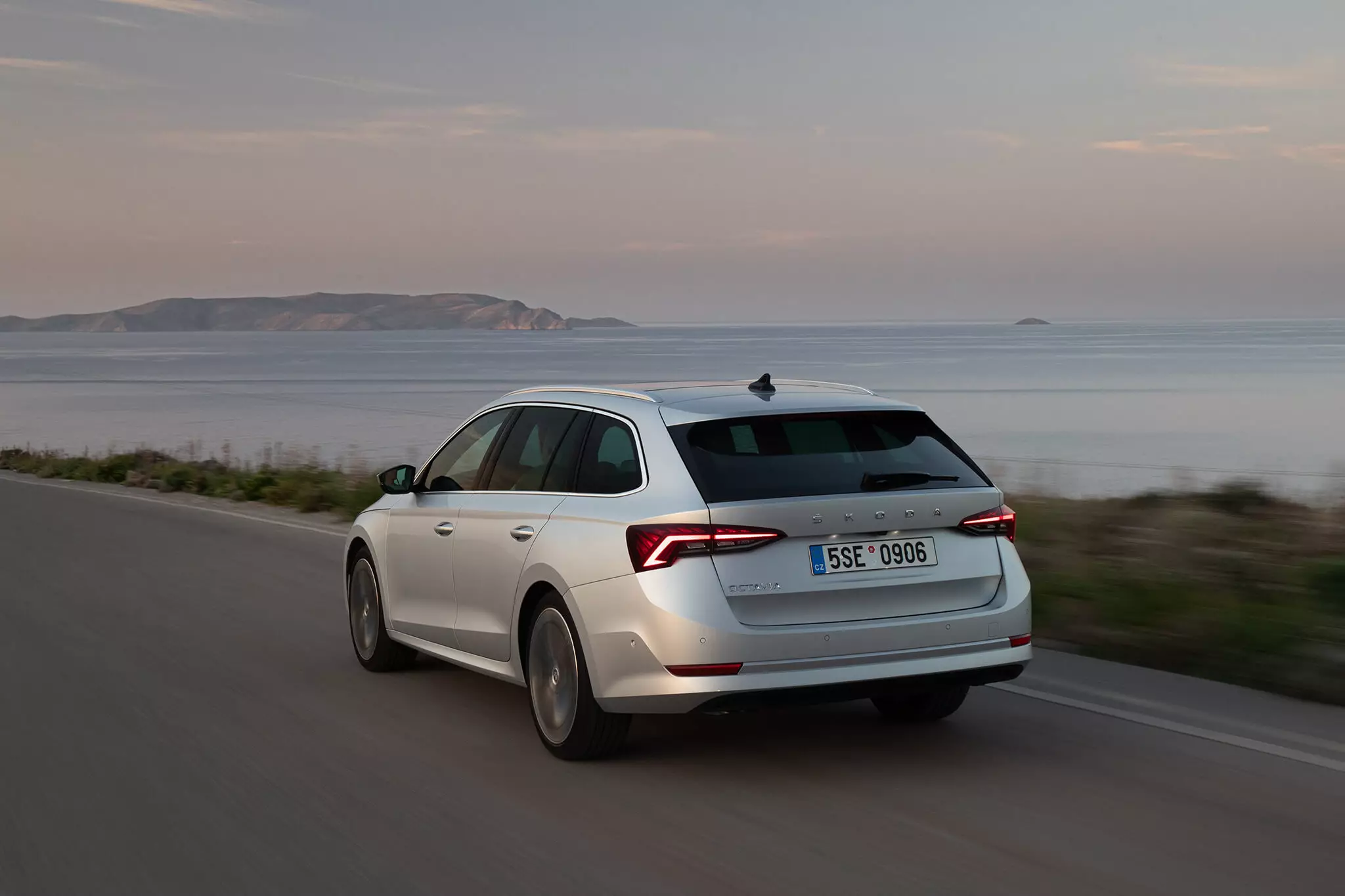
Living almost only with digital monitor menus (and submenus) and almost no physical controls in the central area requires more attention and “handwork” than would be desirable, but it won't be easy to reverse this path that all brands are on. Next.
Quieter interior, more competent chassis
No matter what type of surface and at what speed, behind the wheel of the new Skoda Octavia Combi it is, in fact, quieter than the model it replaces, due to the joint effect of the suspension that was worked in this direction and the better soundproofing and even for the superior integrity of the bodywork.
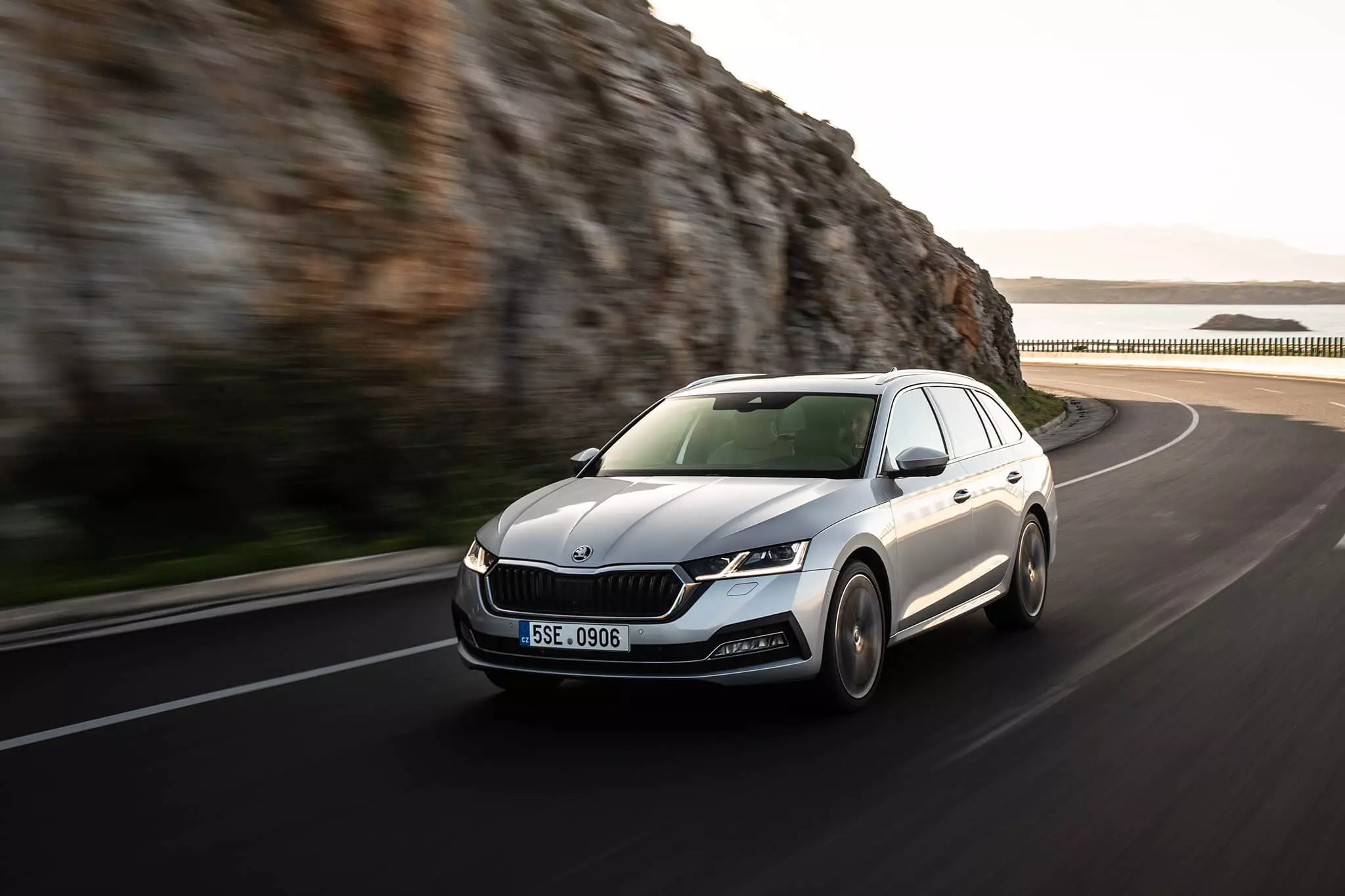
The steering is a little quicker to react without being conspicuous by its ability to communicate what is happening between the wheels and the asphalt. It doesn't particularly invite you to do sporty driving (changes in support are not very agile), but when driving with some common sense, widening of the trajectory in curves doesn't happen easily.
The suspension has a balanced tuning, providing comfort and stability q.s. and only when the floor is very uneven does the rear axle become more “restless”.
The manual gearbox is fast enough and precise, without dazzling, trying to take advantage of the potential of the 2.0 TDI engine of 150 hp, whose main merit is to be able to deliver the totality of 340 Nm as soon as 1700 rpm (it loses, however, “breath” early, as early as 3000).
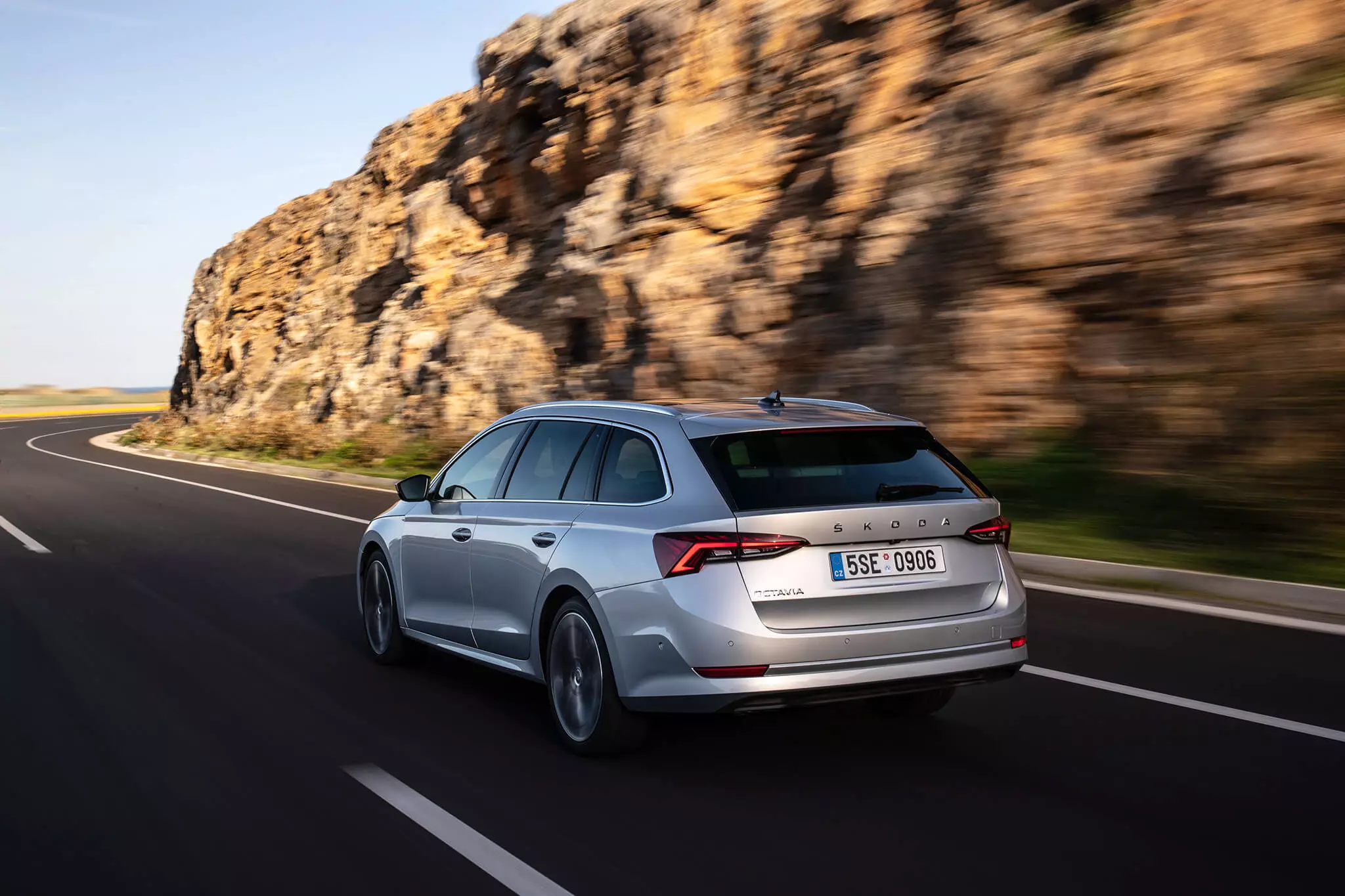
8.9s from 0 to 100 km/h and 224 km/h proves that it is far from being a slow car, but remember that if you load a lot of the huge rear container and travel with more than two occupants, the weight of more than ton and car sock will start to pass invoice (at various levels). If we demand more from the engine, it is a little noisy.
The double NOx filtering is good news for the environment (even though it's not something the driver will notice), as well as the consumption that should fluctuate between 5.5 and 6 l/100 km in normal tone, slightly above the declared 4.7, but still a good “real” average.
In Portugal
The fourth generation of the Skoda Octavia arrives in Portugal in September, with the 2.0 TDI version tested here having an estimated price of 35 thousand euros. As a note, the Skoda Octavia Combi should have a price between 900-1000 euros higher than the car.
Prices will start from an estimated 23 000 to 1.0 TSI.
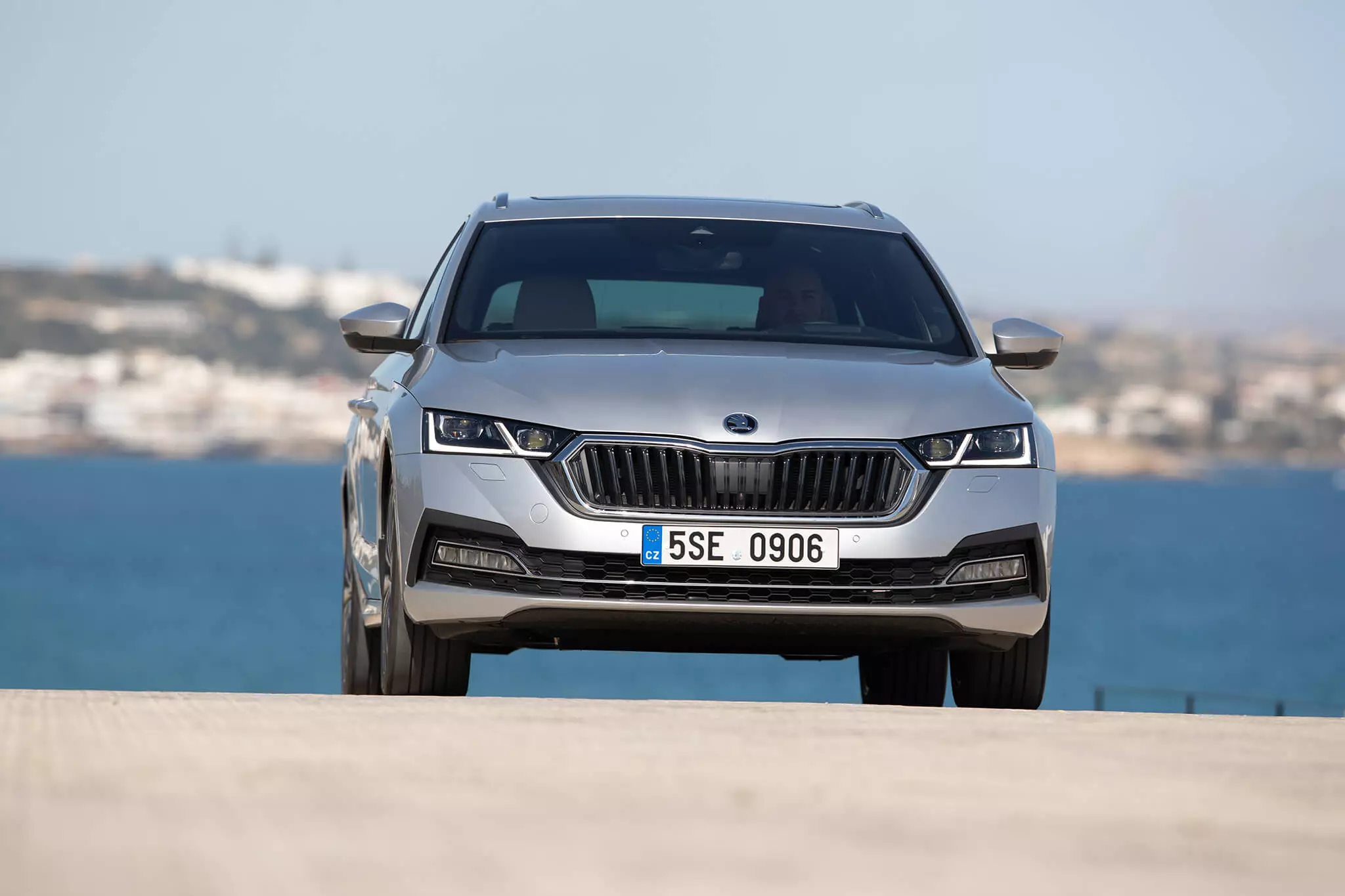
Technical Specifications Skoda Octavia Combi 2.0 TDI
| Skoda Octavia Combi 2.0 TDI | |
|---|---|
| Motor | |
| Architecture | 4 cylinders in line |
| Distribution | 2 ac/c./16 valves |
| Food | Injury Direct, Variable Geometry Turbocharger |
| Capacity | 1968 cm3 |
| power | 150 hp between 3500-4000 rpm |
| Binary | 340 Nm between 1700-3000 rpm |
| Streaming | |
| Traction | Forward |
| Gear box | 6 speed manual box. |
| Chassis | |
| Suspension | FR: Regardless of MacPherson type; TR: Semi-rigid (torsion bar) |
| brakes | FR: Ventilated discs; TR: Disks |
| Direction | electrical assistance |
| turning diameter | 11.0 m |
| Dimensions and Capabilities | |
| Comp. x Width x Alt. | 4689mm x 1829mm x 1468mm |
| Length between the axis | 2686 mm |
| suitcase capacity | 640-1700 l |
| warehouse capacity | 45 l |
| Wheels | 225/40 R17 |
| Weight | 1600 kg |
| Provisions and consumption | |
| Maximum speed | 224 km/h |
| 0-100 km/h | 8.9s |
| mixed consumption | 4.7 l/100 km* |
| CO2 emissions | 123 g/km* |
* Values in the final stage of approval
Authors: Joaquim Oliveira/Press-Inform.
